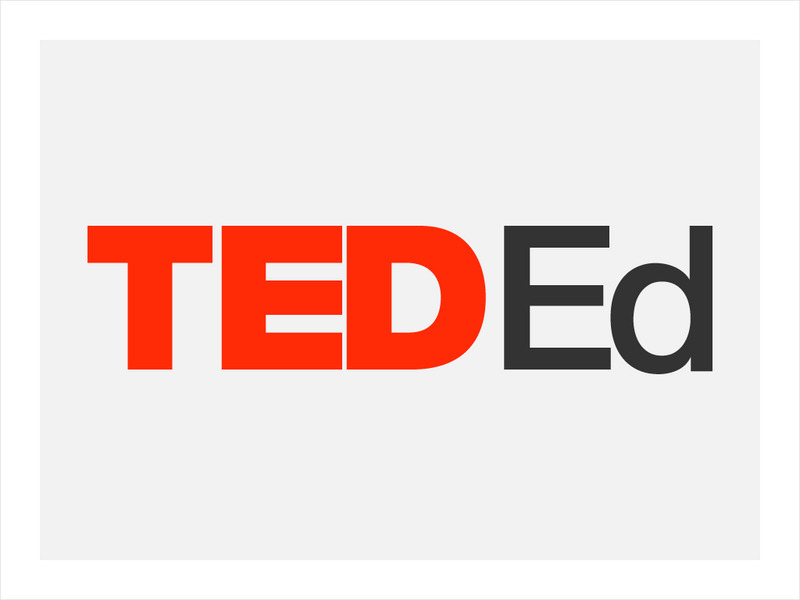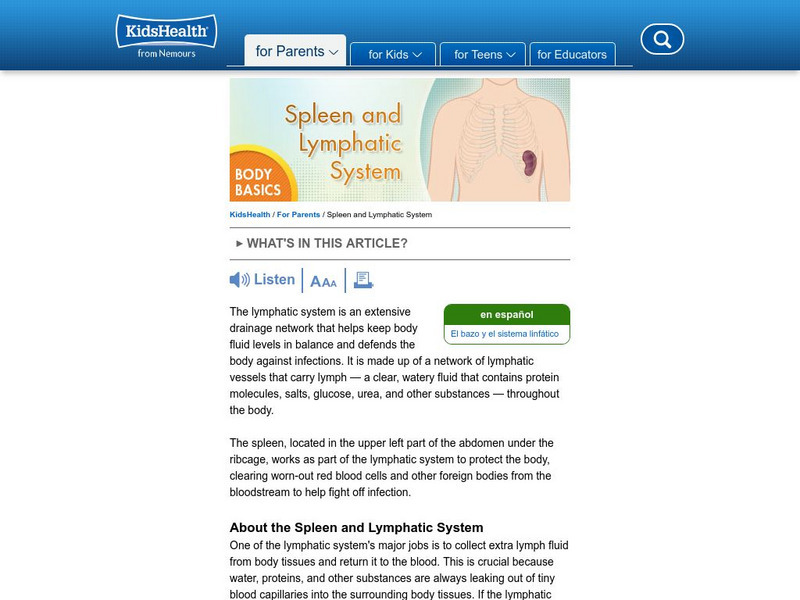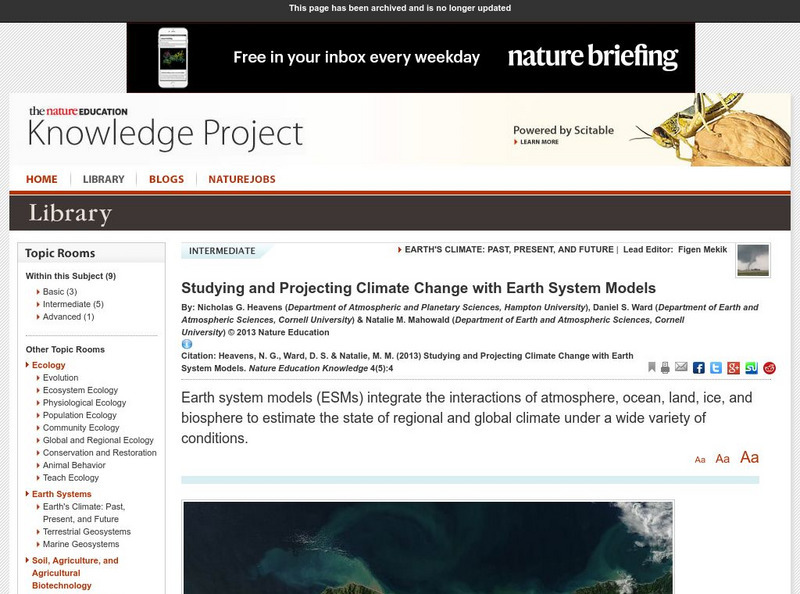OpenStax
Open Stax: Anatomy and Physiology: Functions of the Integumentary System
Learn here all about how the integumentary system functions: such as protecting the body from invasion by microorganisms, chemicals, and other environmental factors; preventing dehydration; acting as a sensory organ; modulating body...
Open Curriculum
Open Curriculum: Organization of the Human Body
An illustrated article which helps students understand the levels of organization of the human body.
Biology Corner
Biology Corner: Anatomy: Urinary System: Structure of the Nephron
Students read text and color leach labeled part of the nephron in the human kidney to understand the structure and function of the kidney. This is a ready-to-use teacher resource for biology review.
OpenStax
Open Stax: Exercise, Nutrition, Hormones, and Bone Tissue
All of the organ systems of your body are interdependent, and the skeletal system is no exception. The food you take in via your digestive system and the hormones secreted by your endocrine system affect your bones. Even using your...
National Cancer Institute at the National Institutes of Health
Seer Training Modules: Introduction to the Human Body
Self-guided learning activity where students learn about the functions, processes, and anatomy of the human body. There is a short quiz at the end of the lesson to check for understanding.
Other
Get Body Smart: Human Anatomy and Physiology: Skeletal System
Students can learn about the human skeletal system through this easy-to-access tutorial. Sections include an introduction, organization of the skeleton, appendicular skeleton, and the axial skeleton. Interactive quizzes for each section...
TED Talks
Ted: Ted Ed: How the Heart Actually Pumps Blood
For most of history, scientists weren't quite sure why our hearts were beating or even what purpose they served. Eventually, we realized that these thumping organs serve the vital task of pumping clean blood throughout the body. But how?...
National Cancer Institute at the National Institutes of Health
Seer Training Modules: Introduction to the Reproductive System
Self-guided learning activity where students learn about the structure and function of the male and female reproductive systems. There is a short quiz at the end of the lesson to check for understanding.
Curated OER
Kids Health: Spleen and Lymphatic System
An explanation of how the lymphatic system and the spleen work together to fight infection.
BioEd Online
Bio Ed Online: Microgravity
In this lesson young scholars will use water balloons to simulate the effects of gravity and microgravity on fluid distribution in the body.
Other
Drexel University: Archimedes
An extensive site dedicated to the life and legacy of the Greek mathematician Archimedes. Content includes a timeline of Archimedes' life, an overview of several of his inventions, and numerous anecdotes isolating various moments in his...
Khan Academy
Khan Academy: Innate Immunity
The human body requires a multilayered immune system to keep it running smoothly. The two main classes of the immune system are the innate immune system and the adaptive immune system, or "acquired immunity". This article discusses the...
Khan Academy
Khan Academy: Action Potential Velocity
Brain cells called neurons send information and instructions throughout the brain and body. The information is sent via electro-chemical signals known as action potentials that travel down the length of the neuron. These neurons are then...
Nature Research
Nature Education: Studying and Projecting Climate Change
A model organizes what we think we know about something in order to predict how it might behave in the present, future, or past as well as how it might respond to external influence. Models are especially useful when direct, controlled...









